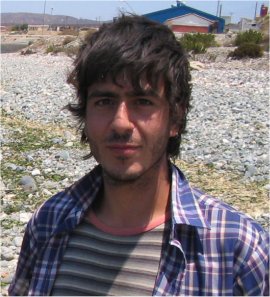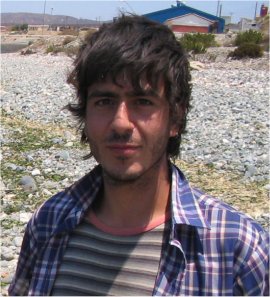Along their history, protected areas (PAs) have evolved through different conservation objectives, a process which is evidenced by the nomenclatural evolution of the management categories defined by IUCN and by national systems. This dynamic process has demonstrated the need to change thescope of traditional approaches, integrating other concepts and actions to improve community awareness and engagement, and therefore, the effectiveness of the protective role of these areas. On the other hand, programs for species conservation, which historically began later than the creation of PAs, have been showing in the last decades a faster evolution in their effectiveness.Particularly, this has become evident referring to Marine Protected Areas (MPAs), in which the protection awarded to endangered and/or threatened species has been demonstrating to be more effective in involving the community at large, making the need for protecting entire ecosystems more understandable for common people. ‘Flagship species’, such as whales, become a good example of an effective approach to raise public awareness towards MPAs. The connectivity among marine areas provided by the very nature of the oceans – considering specially the role played by currents and other oceanographic processes - makes it easier to understand the oceanic environment as a wide universe, an approach not adequately covered by a site-focused management. Connectivity is defined as 'the capacity for one site to "seed" another location through the dispersal of either adults or larvae to ensure the persistence and maintenance of genetic diversity for the resident protected species’. This definition directly introduces the concept of connectivity as resulted from a variety of physical and biological influences. Recognizing connectivity as the whole set of linkages provided either by physical or biological factors within the marine environment, as well as between the sea and the coastal areas, is essentialfor proper planning and management of MPAs and for species conservation measures. Besides of currents, wind drifts and animal migrations link distant regions of the ocean, being responsible for the transportation (or displacement, in the case of migrating species) of nutrients, food, pollutants, larvae and migratory adult species across oceans, transcending biogeographic provinces and political boundaries (Salm et al., 2000). It is widely recognized that oceanic and coastal environmental patterns and ecological processes and living organisms - in their immense diversity in both taxonomic and ecological terms – can hardly be understood, let alone protected, in restricted geographical spaces. Thus, the traditional approach to the establishment and management of protected natural areas, while relatively successful in continental land environments, has failed short of providing a comprehensive framework for marine conservation, leading to the need to develop broader approaches which take into account also the ecosystem functions. MPAs can conserve entire ecosystems that are unique, particularly rich in species, representative of biogeographical units, and/or contain habitats that are critical to ensure the survival of certain species (Salm et al., 2000; Halpern & Warner, 2002). Particularly for whale protection, the establishment of MPAs - and currently of networks of MPAs – is seen as essential means of ensuring conservation measures, once MPAs can be viewed as cores for action. In this paper, we discuss how a network of MPAs can be more effective for whale conservation inSouth America, and how whales – as ‘flagship species’ – can be a tool for raising awareness about the role of MPAs.
http://www.iucn.org/themes/wcpa/wpc2003/pdfs/programme/cct/marine/sawhaleconservation.pdf


